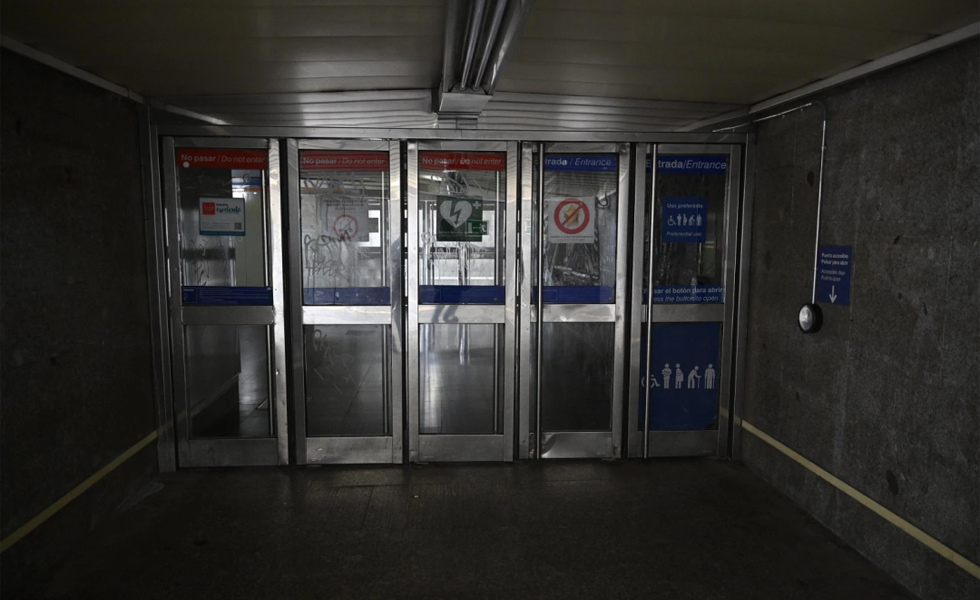
En una era marcada por los extremos climáticos, las ciberamenazas y el envejecimiento de las infraestructuras, el espectro de los cortes de energía a gran escala se cierne más fuerte que nunca. Ciudades desde Houston hasta Hyderabad, y naciones desde Alemania hasta Ghana, se han enfrentado a las consecuencias paralizantes de los fallos de la red eléctrica: hospitales a oscuras, redes de transporte paralizadas y economías que pierden miles de millones de dólares cada minuto. Sin embargo, en medio de estas vulnerabilidades, se está desarrollando una revolución silenciosa:energía solaremparejado con avanzadosistemas de almacenamientoEstá surgiendo no sólo como unasolución de energía limpiasino como un mecanismo de defensa crucial contra apagones catastróficos. A diferencia de las redes centralizadas de combustibles fósiles, que se tambalean ante olas de calor, ciberataques o desastres naturales, las redes de almacenamiento solar ofrecen una alternativa descentralizada, adaptable y resiliente, que podría redefinir la forma en que abastecemos de energía y protegemos a nuestras sociedades.
La fuerza desistemas de almacenamiento solarreside en su flexibilidad inherente. Las redes tradicionales dependen de enormes centrales eléctricas y kilómetros de líneas de transmisión, lo que crea puntos únicos de fallo. Una ola de calor que sobrecarga los sistemas de refrigeración de una central de carbón o un huracán que derriba torres de transmisión pueden provocar fallos en cascada. El almacenamiento solar revoluciona este modelo. Al distribuir la generación de energía entre tejados, aparcamientos y zonas industriales, junto con baterías que almacenan el exceso de energía, estos sistemas crean una red de nodos autosuficientes. Durante el apagón ibérico de 2025, los barrios conmicrorredes de almacenamiento solarMantuvieron el suministro eléctrico para servicios críticos incluso cuando la red central colapsó. En Tokio, torres de oficinas equipadas con paneles solares integrados y baterías de flujo mantuvieron en funcionamiento los ascensores y los sistemas de emergencia durante un apagón provocado por un tifón el año pasado. Esta descentralización no solo reduce la presión sobre la red, sino que también hace que todo el sistema sea menos atractivo para los ciberdelincuentes, a quienes les resulta más difícil interrumpir miles de unidades dispersas que un puñado de objetivos centralizados.
híbridos de almacenamiento solar
Sin embargo, quizás el aspecto más transformador del almacenamiento solar sea su capacidad para democratizar la resiliencia energética. A diferencia de los sistemas de combustibles fósiles, que concentran la energía (literal y figurativamente) en manos de las empresas de servicios públicos, el almacenamiento solar empodera a individuos y comunidades. En Puerto Rico, cooperativas solares comunitarias restauraron el suministro eléctrico a aldeas remotas días antes que la red eléctrica central tras el huracán Fiona, utilizando microrredes solares y baterías de vehículos eléctricos reutilizadas. En Kenia, los sistemas de almacenamiento solar fuera de la red eléctrica proporcionan electricidad fiable a escuelas y clínicas en regiones donde la red eléctrica nacional nunca ha llegado. Esta democratización no es solo práctica, sino también psicológica. Cuando los hogares y las empresas se convierten en participantes activos de la generación y el almacenamiento de energía, en lugar de consumidores pasivos, se fomenta una cultura de preparación e innovación.
Por supuesto, persisten los desafíos. Los cuellos de botella en la cadena de suministro de minerales críticos, la inercia regulatoria y la falta de mano de obra amenazan con ralentizar el despliegue. Pero la dirección es clara: a medida que el cambio climático convierte desastres que antes eran poco frecuentes en amenazas rutinarias, los sistemas de almacenamiento solar están evolucionando de actualizaciones opcionales a infraestructura esencial. Ya no se trata solo de reducir las emisiones de carbono, sino de garantizar que las sociedades puedan soportar las crisis de un mundo más cálido e inestable. La próxima vez que un ciberataque paralice una central eléctrica o un incendio forestal corte las líneas de transmisión, la diferencia entre el caos y la continuidad puede reducirse a cuántos paneles solares brillen al sol y cuántas baterías estén listas para cubrir la brecha. En este sentido, invertir en almacenamiento solar no es solo una transición energética. Es una póliza de seguro para toda la civilización, una que paga dividendos cada vez que la red eléctrica falla.
